Herbivore Omnivore Anatomy Comparison Worksheet
Is your child learning about herbivores and omnivores in their science class? Are they in need of a visual aid to help them understand the differences in anatomy between these two types of animals? Look no further than our Herbivore Omnivore Anatomy Comparison Worksheet! Designed for elementary school students, this worksheet is a great tool to reinforce their understanding of the distinct features and organs that herbivores and omnivores possess.
Table of Images 👆
More Other Worksheets
Kindergarten Worksheet My RoomSpanish Verb Worksheets
Cooking Vocabulary Worksheet
DNA Code Worksheet
Meiosis Worksheet Answer Key
Art Handouts and Worksheets
7 Elements of Art Worksheets
All Amendment Worksheet
Symmetry Art Worksheets
Daily Meal Planning Worksheet
What is the function of the herbivore's teeth?
The function of the herbivore's teeth is to efficiently grind and break down tough plant material for digestion. Herbivores typically have flat molars and strong incisors that help them chew and process fibrous plants to extract nutrients from the cellulose cell walls.
How is the digestive system of an herbivore adapted to break down plant material?
The digestive system of an herbivore is adapted to break down plant material through specialized compartments such as a longer gastrointestinal tract that provides more time for microbial fermentation to break down the cellulose and extract nutrients from plants. These animals often have enlarged cecum to house bacteria that aid in cellulose digestion and extract nutrients from plant material. Additionally, herbivores have specialized teeth and chewing mechanisms to break down tough plant fibers for better digestion and nutrient absorption.
What are some adaptations in the herbivore's tongue that aid in the consumption of plant matter?
Herbivores have evolved adaptations in their tongues to aid in the consumption of plant matter, such as rough surfaces or papillae that help grip and break down tough plant fibers, flexible tongues to manipulate and move food within the mouth, and in some cases specialized taste receptors that help identify palatable vegetation. Additionally, some herbivores have elongated tongues to reach into tight spaces or extract nectar from flowers, while others have evolved saliva with enzymes that aid in the digestion of cellulose found in plants.
What is the purpose of the rumen in the digestive system of a herbivore?
The rumen in the digestive system of a herbivore serves as a large fermentation vat where plant material is broken down by microbes to release nutrients such as cellulose, starch, and sugars that the animal would not be able to digest otherwise. This process allows herbivores to efficiently extract energy from a diet composed of plant material.
How does the herbivore's stomach differ from that of an omnivore?
An herbivore's stomach typically has multiple chambers, such as the rumen, reticulum, omasum, and abomasum, allowing for the fermentation of plant material. In contrast, an omnivore's stomach is simpler with one main chamber, better suited for digesting a varied diet that includes both plant and animal matter. Herbivores have specialized adaptations like longer intestines to aid in the breakdown of cellulose, while omnivores have a more flexible digestive system that can handle a wider range of food types.
What are some characteristics of the herbivore's large intestine that aid in digestion?
The herbivore's large intestine is characterized by its fermentation chamber, where bacteria break down fiber and cellulose from plant material into nutrients like volatile fatty acids. This fermentation process allows herbivores to extract additional energy and nutrients from their diet that would otherwise be inaccessible. Additionally, the large intestine of herbivores is long and complex, providing a longer transit time for the fermentation of plant material and absorption of nutrients. Lastly, herbivores have a cecum that helps in further digestion and absorption of nutrients through fermentation before the waste is excreted.
How does the jaw structure of an herbivore differ from that of an omnivore?
The jaw structure of an herbivore typically includes flat molars for grinding tough plant material and a strong jaw for lateral movement to break down fibers. On the other hand, omnivores have a combination of sharp front teeth for tearing meat and flat molars for grinding plant material. Additionally, omnivores tend to have a more versatile jaw structure that allows for both cutting and grinding motions to handle a variety of food types.
What are some adaptations in the herbivore's digestive system that allow for the breakdown of cellulose?
Herbivores have adaptations in their digestive system such as specialized bacteria and enzymes that aid in the breakdown of cellulose. They have a complex stomach with multiple chambers or an enlarged cecum where cellulose can be fermented by bacteria. Additionally, many herbivores have a longer digestive tract which allows for a longer retention time of food, facilitating the digestion of cellulose. Overall, these adaptations enable herbivores to effectively break down cellulose and derive nutrients from plant material.
How does the herbivore's digestive system process nutrients differently from that of an omnivore?
Herbivores have longer digestive tracts with specialized compartments, such as a larger cecum or multiple stomach chambers, to efficiently break down and ferment plant material. This allows them to extract nutrients from high-fiber diets. Omnivores typically have shorter digestive tracts and a more diverse range of enzymes to digest a variety of foods, including both plant and animal sources. This enables omnivores to extract nutrients from a wider range of food types compared to herbivores.
What are some anatomical differences between the herbivore and omnivore in terms of teeth, jaw structure, and digestive organs?
Herbivores typically have flat molars for grinding fibrous plant material, whereas carnivores and omnivores have pointed cusps for tearing and cutting. Herbivores often have longer jaws and more side-to-side movement for chewing, while omnivores have a more versatile jaw structure for both grinding and tearing. In terms of digestive organs, herbivores have longer digestive tracts to aid in breaking down complex plant materials, while omnivores have shorter digestive tracts for more efficient processing of a varied diet that includes both plants and animal protein.
Have something to share?
Who is Worksheeto?
At Worksheeto, we are committed to delivering an extensive and varied portfolio of superior quality worksheets, designed to address the educational demands of students, educators, and parents.

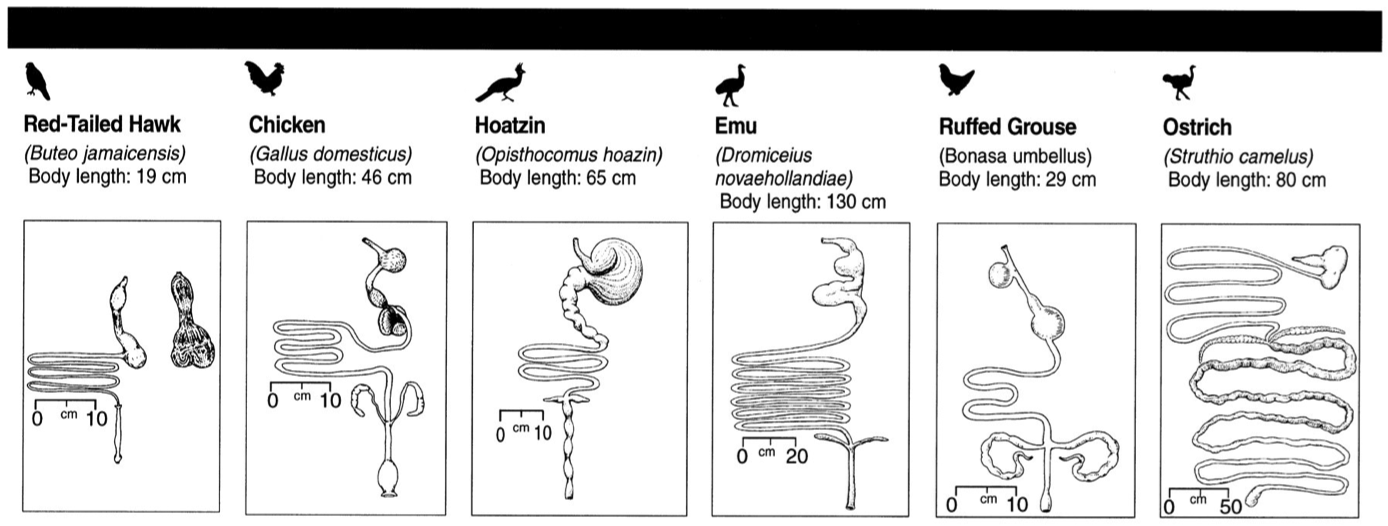



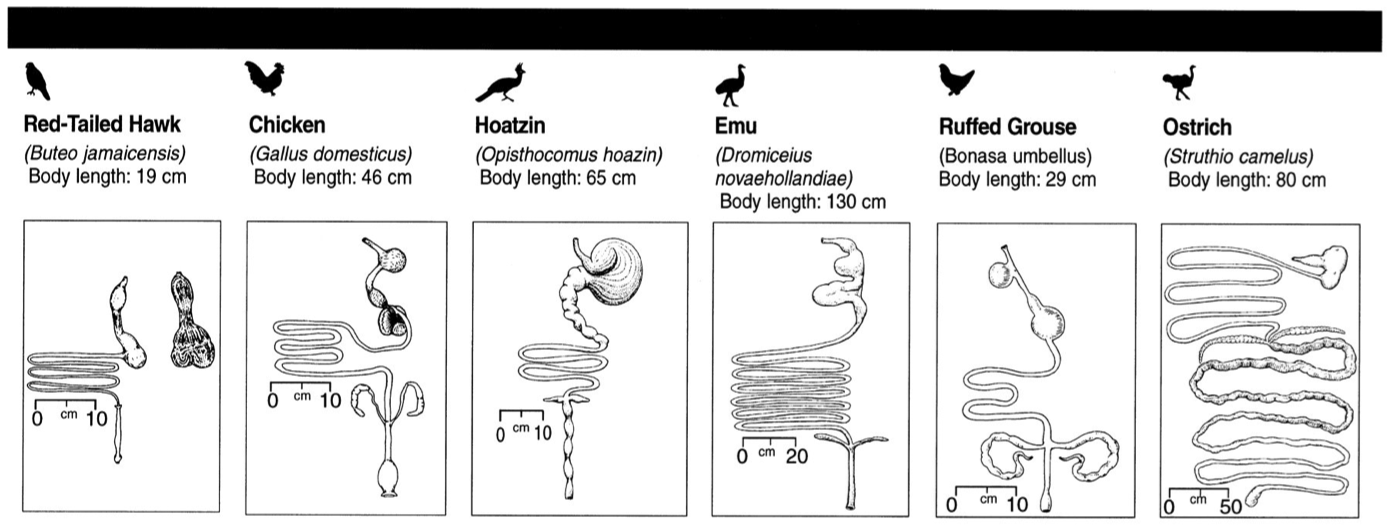

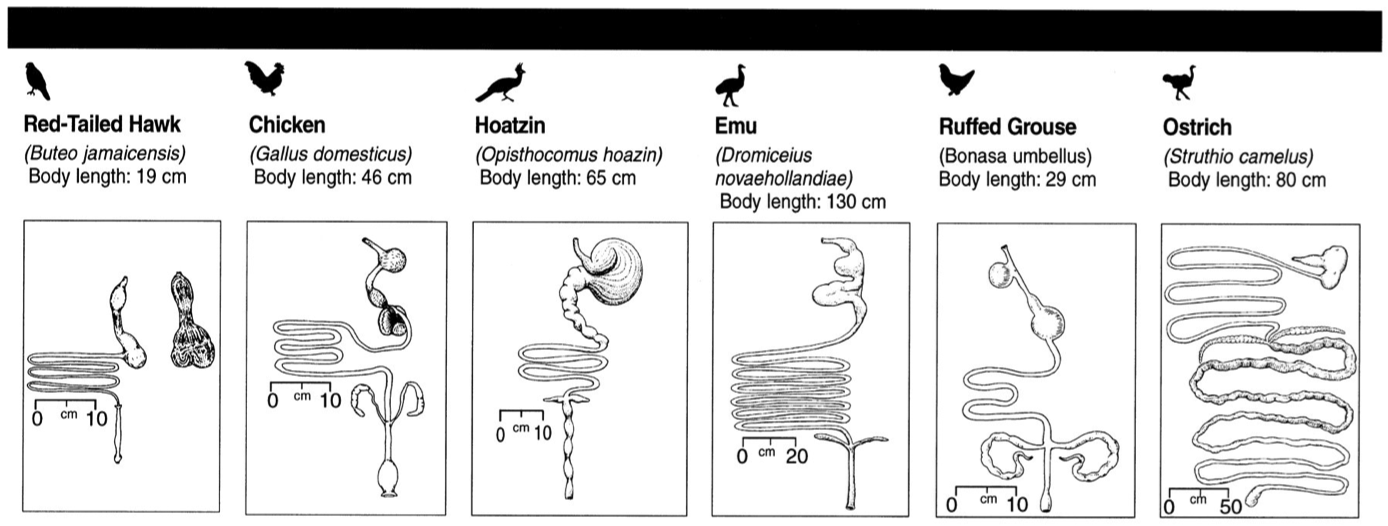


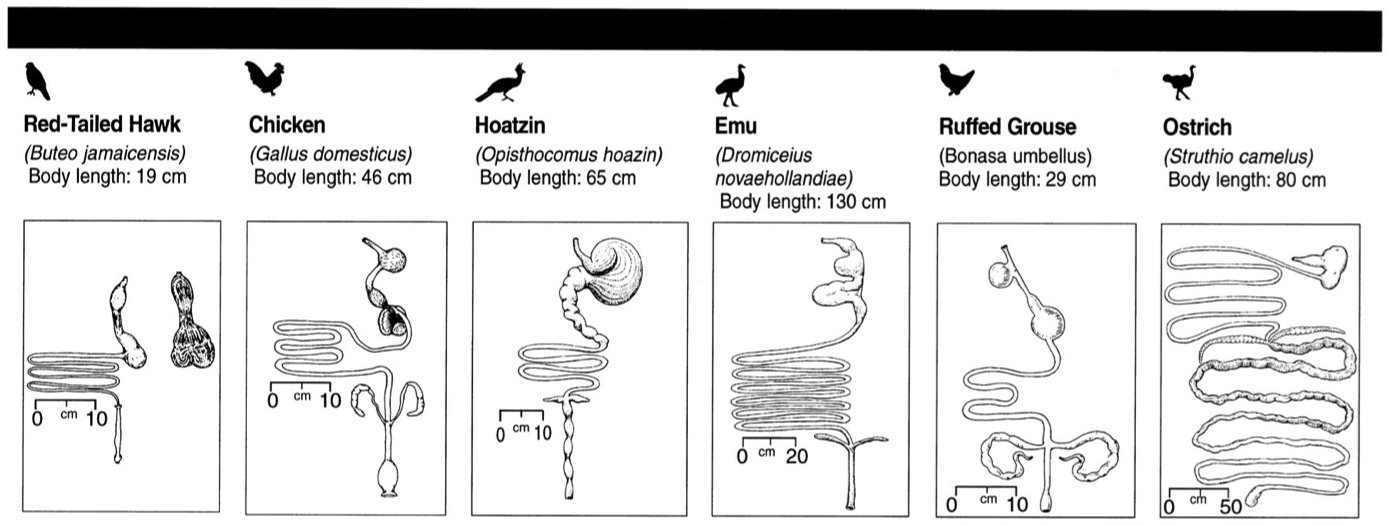
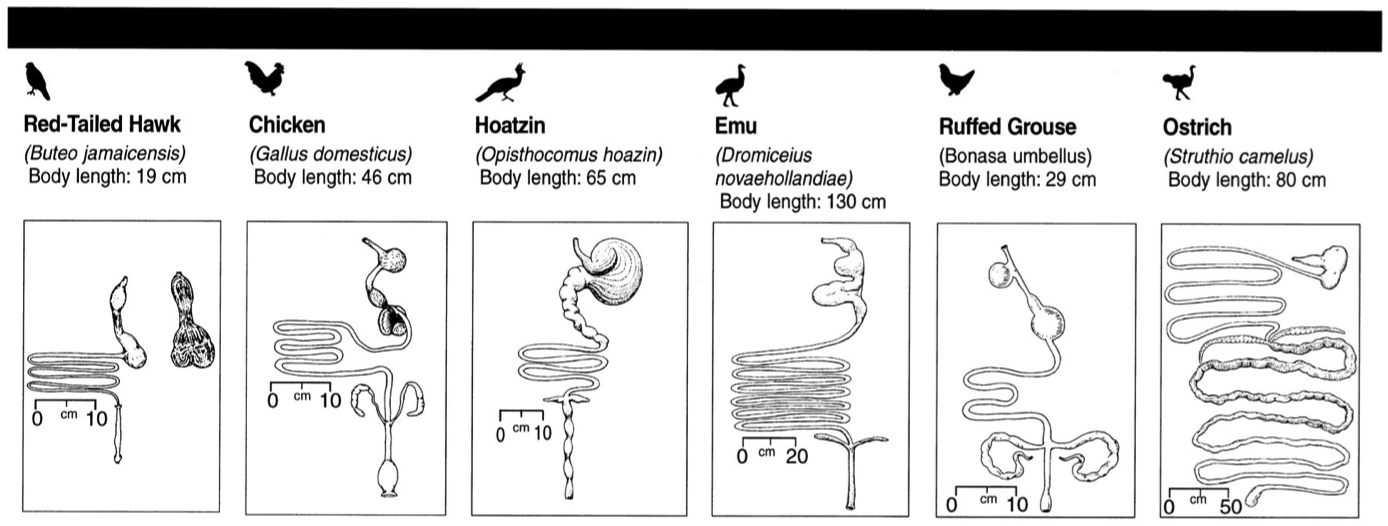
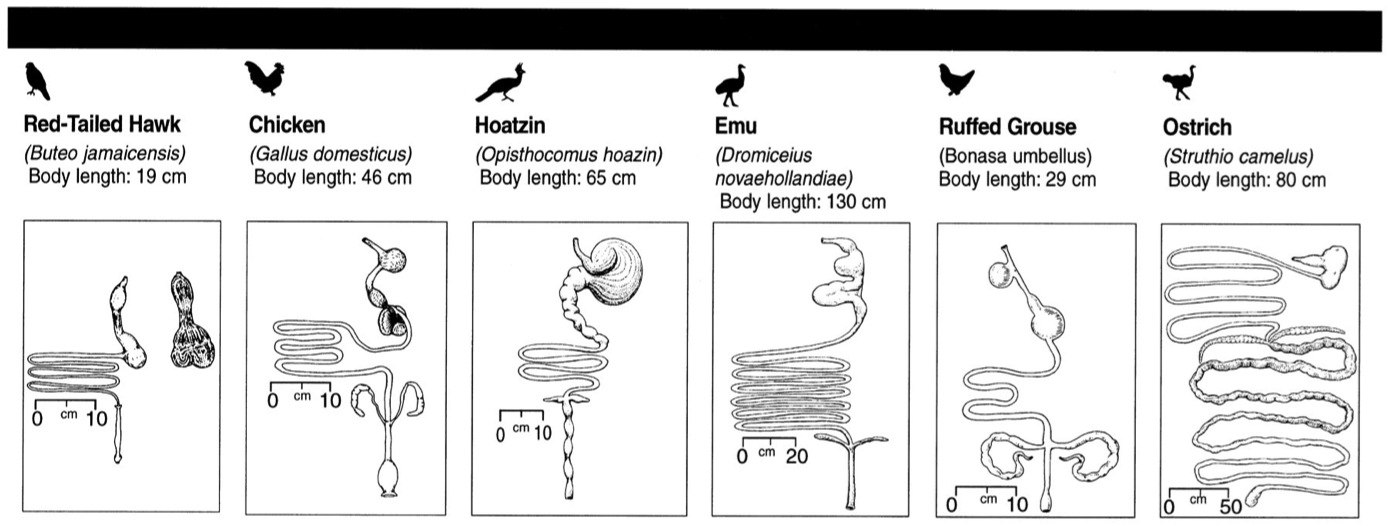
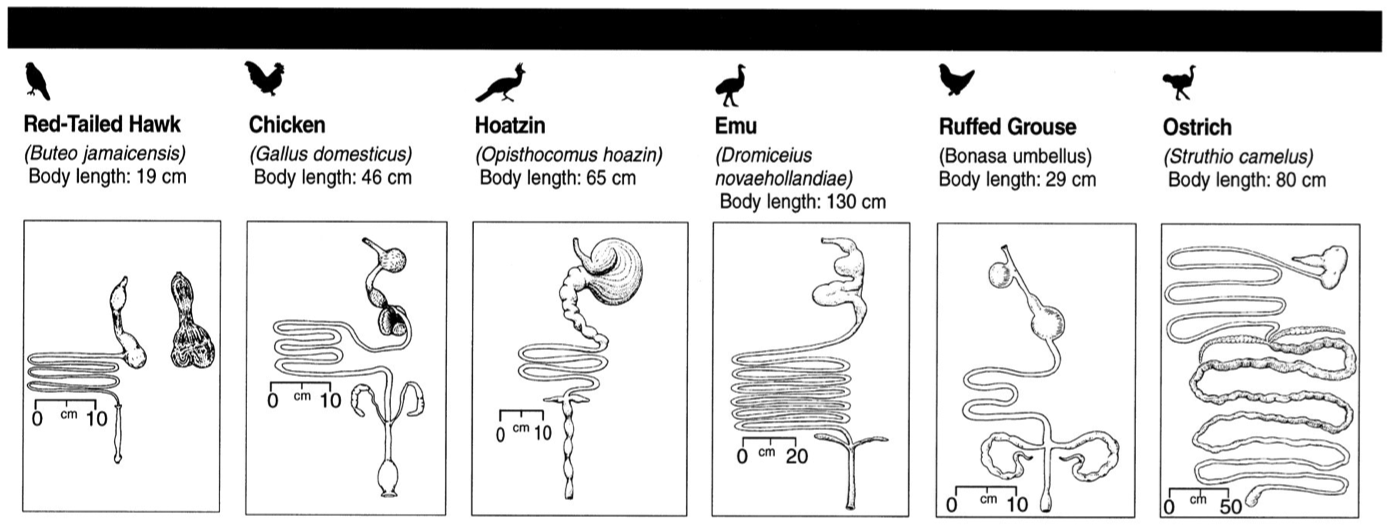
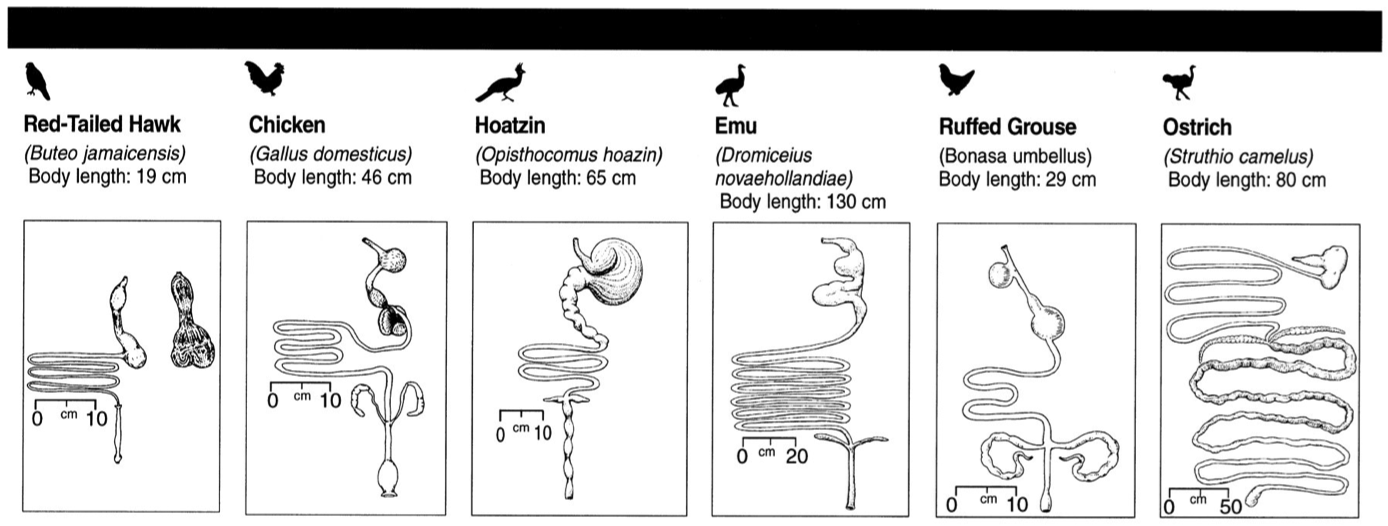


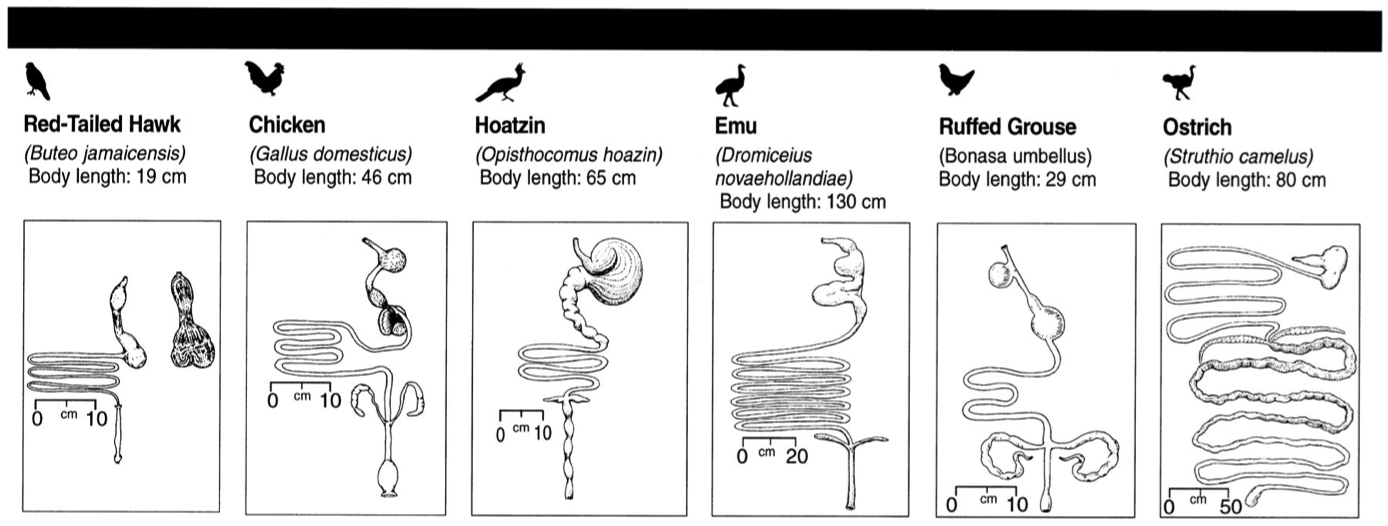

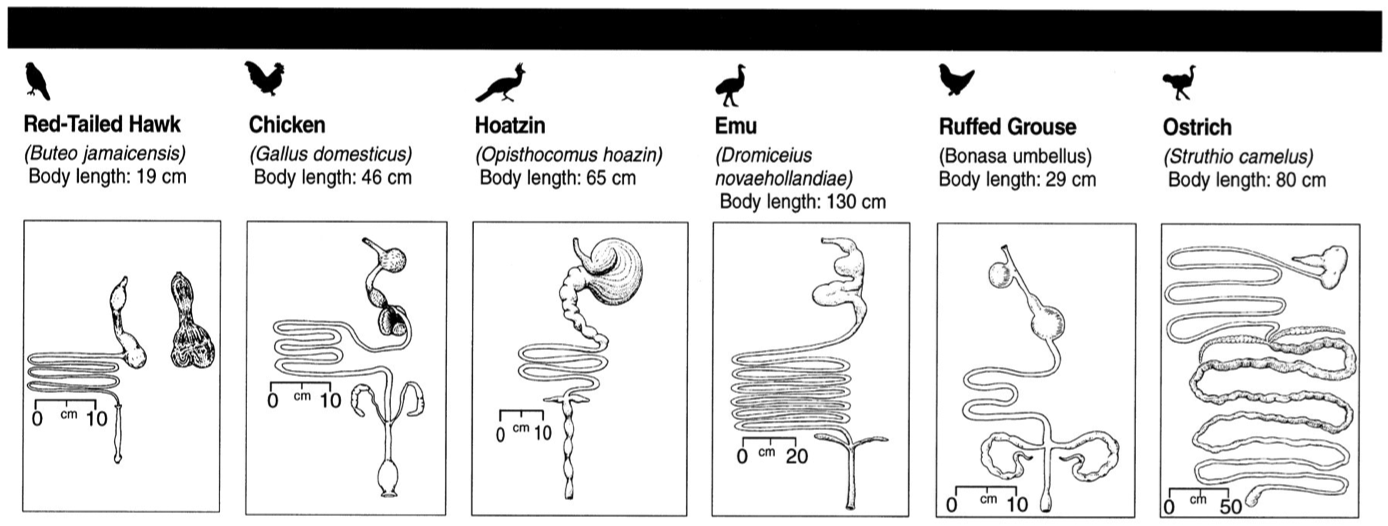
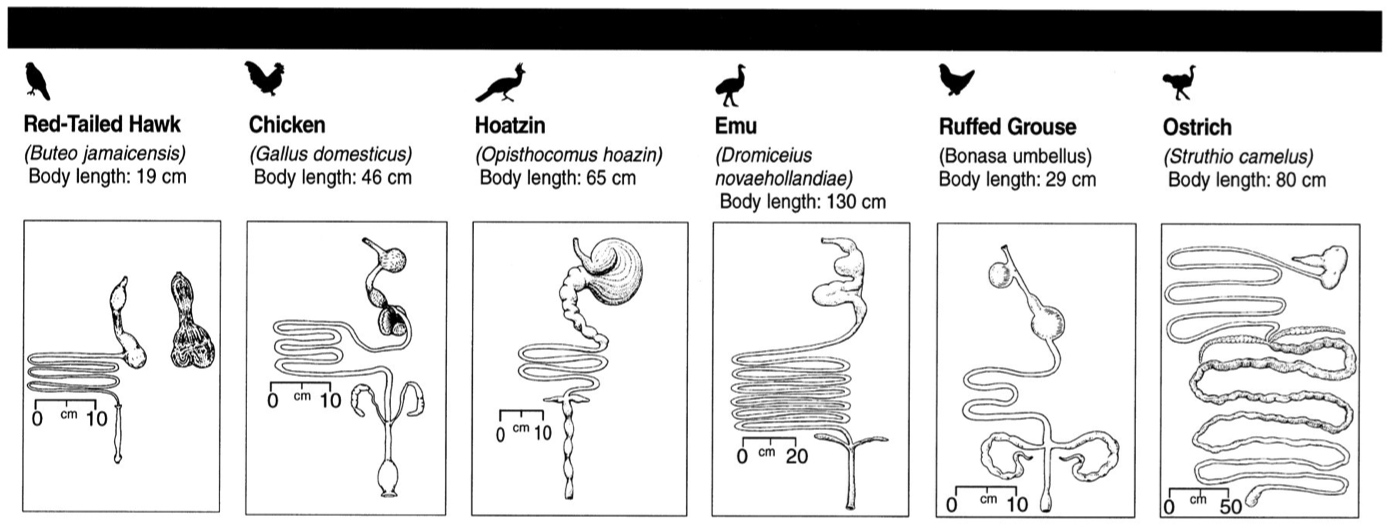
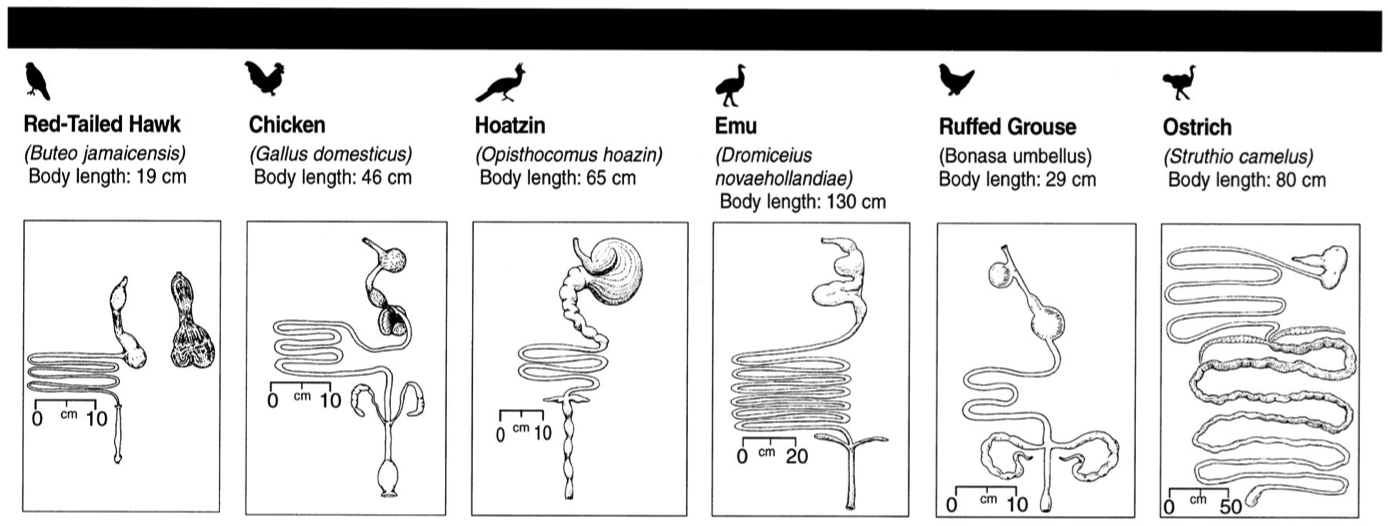
















Comments